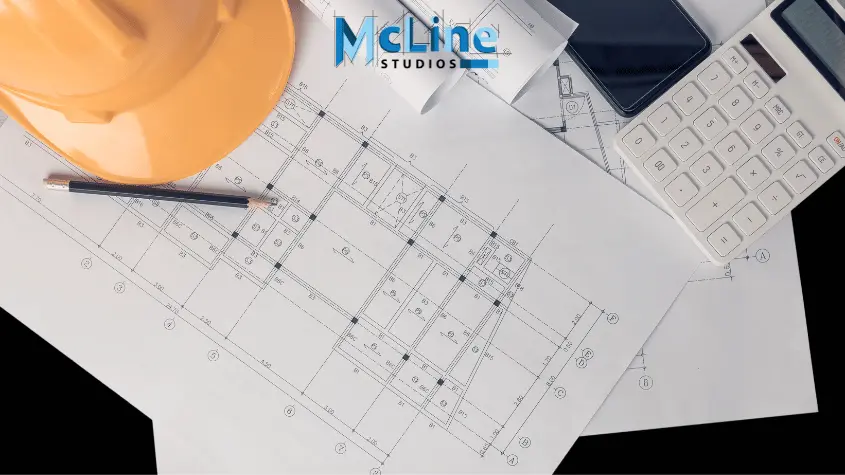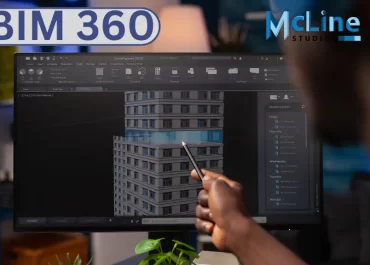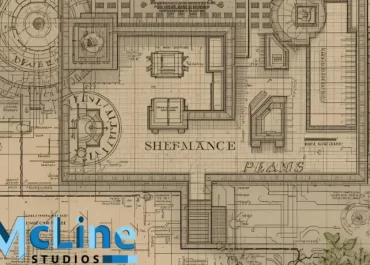The question of whether shop drawings need to be stamped by a licensed professional engineer or architect is a complex one, with no simple yes or no answer. In many cases, shop drawings, which provide detailed fabrication and installation instructions for specific building components, are required to bear the stamp of a licensed design professional.
Generally, it is recommended to stamp your shop drawings because it assures regulatory authorities, contractors, and other stakeholders that the drawings have been reviewed and approved by a qualified professional.
However, some certain exceptions and nuances can make the stamping requirement less straightforward. Factors such as the type of project, local building codes and regulations, and the specific nature of the shop drawings can influence whether or not a stamp is legally mandated.
This article will explore the various scenarios and considerations surrounding the stamping of shop drawings, aiming to provide clarity on this often-confusing aspect of the construction documentation process.
General Guidelines To Consider
In the United States, the requirement for stamping shop drawings depends on several factors including the specific industry, local building codes, and the preferences of the project owner or governing authority. Here are some general guidelines:
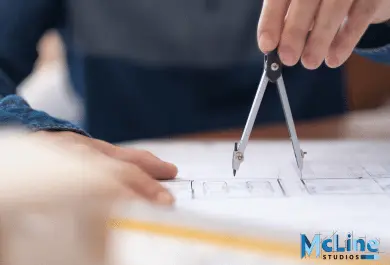
- Engineering and Architectural Drawings: In many cases, shop drawings for construction projects need to be stamped by a licensed professional engineer or architect. This stamp indicates that the drawings have been reviewed and approved by a qualified individual who takes responsibility for their accuracy and compliance with relevant codes and standards.
- Building Codes and Regulations: Local building codes and regulations may define whether or not shop drawings need to be stamped. Some jurisdictions may require stamping for certain types of projects or specific components, while others may not have such requirements.
- Contractual Agreements: The contract between the project owner and the contractor may specify whether shop drawings need to be stamped. It’s common for contracts to include provisions regarding the submission, review, and approval of shop drawings, including any requirements for professional stamping.
- Industry Standards and Best Practices: Even if not explicitly required by law or contract, it’s often considered best practice to have critical shop drawings stamped by a qualified professional to ensure their accuracy and compliance.
- Variances by Industry: Different industries may have different standards and practices regarding stamping of shop drawings. For example, in the construction industry, structural and MEP (mechanical, electrical, plumbing) drawings are often stamped, while in manufacturing, stamping of shop drawings may not be as common.
Ultimately, it’s essential to consult with relevant professionals, including engineers, architects, contractors, and legal advisors, to determine the specific requirements for stamping shop drawings on a particular project. Failure to comply with applicable regulations or contractual obligations could result in delays, legal issues, or safety concerns.
Who Stamps The Shop Drawings?
Typically, it is the licensed design professional who is directly responsible for the design represented in the drawings. This could be an architect, structural engineer, civil engineer, mechanical engineer, electrical engineer, or other relevant professional depending on the scope of work.
The specific individual responsible for stamping shop drawings depends on the nature of the project and the local regulations. In some cases, multiple disciplines may be involved, and each discipline’s drawings may need to be stamped by the respective licensed professional. Additionally, some jurisdictions may have specific regulations regarding who can stamp drawings for certain types of projects.
Other Benefits Of Stamping Shop Drawings
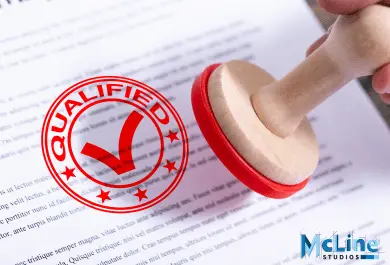
Stamping shop drawings with official seals or marks can provide several benefits:
- Legitimacy and Authenticity: A stamped shop drawing signifies that it has been reviewed, approved, or certified by a qualified professional, such as an engineer or architect. This lends credibility and authenticity to the drawings, indicating that they meet relevant standards and regulations.
- Quality Assurance: Stamping shop drawings indicate that they have undergone a thorough review process by a qualified professional, which can help ensure the accuracy, completeness, and quality of the drawings. This can reduce the likelihood of errors or omissions during the construction process.
- Risk Mitigation: By having shop drawings stamped by a qualified professional, project stakeholders can mitigate the risk of design errors, construction defects, and other issues that could lead to costly delays, disputes, or safety hazards.
- Client Confidence: Clients and project owners may have greater confidence in stamped shop drawings, knowing that they have been vetted by qualified professionals. This can help build trust and credibility between project stakeholders and enhance overall satisfaction with the project outcomes.
- Regulatory Compliance: Some regulatory bodies or government agencies may require stamped shop drawings as part of the approval process for construction permits or other regulatory approvals. Stamping drawings ensure compliance with these requirements.
Overall, stamping shop drawings adds a layer of assurance, professionalism, and compliance to construction projects, benefiting all parties involved in the design, construction, and operation of buildings and infrastructure.
The Final Thoughts
To sum it up, while it may not be legally required in all jurisdictions to stamp shop drawings, it is highly recommended to do so. Stamping shop drawings adds an extra layer of credibility, professionalism, and accountability to the documentation process.
A stamped drawing indicates that a licensed professional has reviewed and approved the design, ensuring compliance with relevant codes, standards, and project specifications. This not only enhances the confidence of clients, contractors, and regulatory authorities but also helps mitigate potential risks and liabilities associated with errors or discrepancies in the drawings.
Therefore, even if not mandated by law, the practice of stamping shop drawings should be strongly encouraged as a best practice within the industry, promoting quality assurance and adherence to industry standards.

